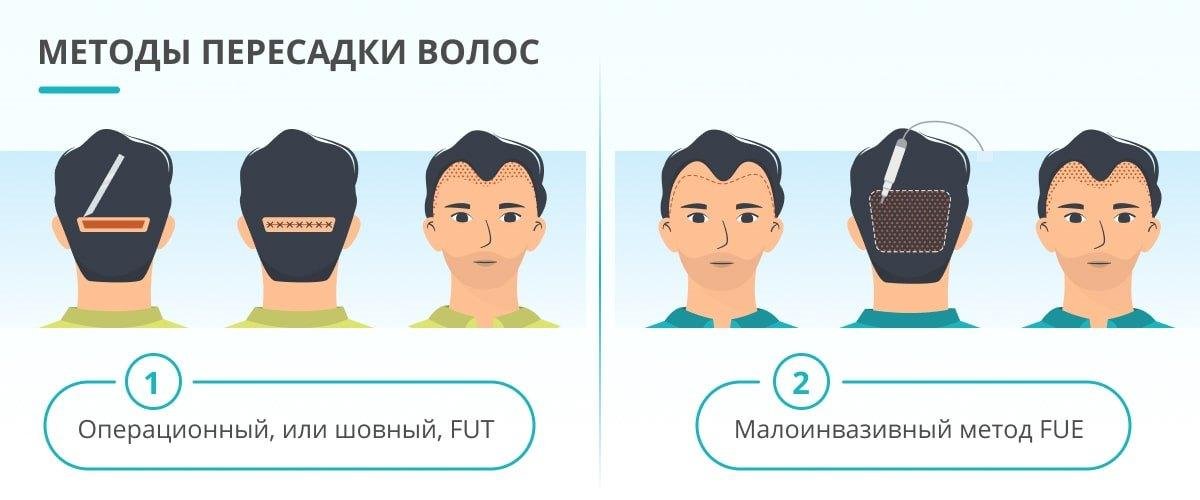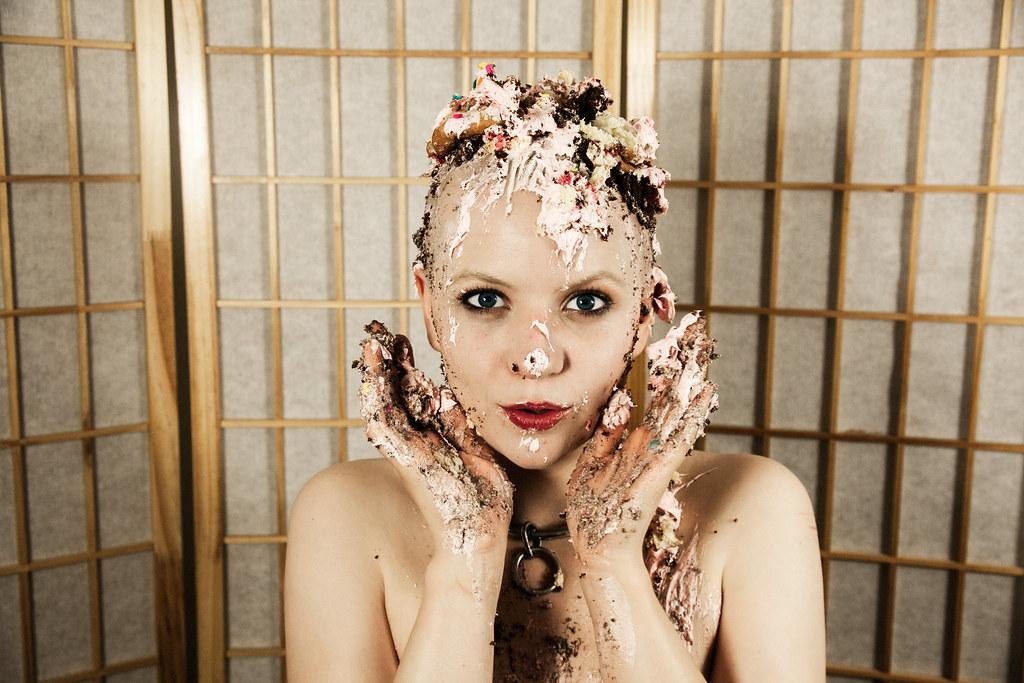Welcome to our article where we look at the myths surrounding hair transplantation and find out which of them are true and which are just myths. Hair transplantation is one of the most popular methods for correcting hair loss, but there are plenty of claims and rumours floating around that can confuse patients. In this article, we carefully explore the various claims and present the scientific facts behind them, providing clear and neutral information about the myths surrounding hair transplantation. So let's get on with it and tackle the most common misconceptions about hair transplantation.
Hair transplant facts: accurate information on the effectiveness, risks and results of the procedure
Hair Transplant Myths: True or False?
For many people suffering from hair loss, hair transplantation can be an attractive option. But before you make a decision, it's important to separate the facts from the myths. In this article, we'll look at the most common myths surrounding hair transplantation and find out which of them are true.
-
Hair transplantation is 100% an effective way to regain a full head of hair.
Unfortunately, this is not the case. Although hair transplantation is one of the most effective methods of hair restoration, it does not guarantee a perfect result for all patients. The final result depends on a number of factors, including the progression of hair loss, the patient's health and lifestyle. It is important to be realistic in your expectations and discuss with your doctor before the procedure. - Hair transplantation carries high risks and is a very painful procedure.
Although hair transplantation is a surgical procedure, it is usually very safe and low risk. Skilled doctors and surgical teams reduce the risk of complications. Local anaesthesia is used during the procedure, so patients usually experience no pain. Following after-care instructions is important, and some common side effects include swelling, redness and mild pain. However, these will disappear in most cases within a few days.Hair transplantation as an option for treating hair loss: is it worth a try?
Hair transplantation is one option that can be considered for treating hair loss. This surgical procedure transfers hair from the back of your head to bald areas, creating more permanent and natural-looking hair. Many people who have tried hair transplantation have been satisfied with the results.
Hair transplantation can be particularly useful for those who suffer from significant hair loss and want a permanent solution to the problem. The procedure is safe and the results can last a lifetime. Hair transplantation follows precise techniques to achieve the most natural-looking result possible. In addition, hair transplantation can help improve self-esteem and give patients a new sense of hope.
However, when considering a hair transplant, it is important to be realistic about your expectations. Although the procedure can correct areas of baldness caused by hair loss, it may not guarantee complete hair growth or stop hair loss completely. It should also be noted that hair transplantation can be an expensive option and the recovery period can take several weeks. Before trying hair transplantation, it is therefore advisable to talk to a qualified specialist to get a fuller understanding of the risks and benefits of the procedure. In summary, there are many myths and misinformation about hair transplantation. It is important to separate the truth from the rumours so that patients can make informed decisions about hair transplantation. By increasing knowledge and understanding, we can dispel these myths and provide accurate information about the benefits and risks of hair transplantation. It is also important that patients consult trusted experts when exploring their hair transplant options. By keeping in mind the knowledge of on-site medicine, we can put in place the best methods to restore hair and achieve the expected results.
